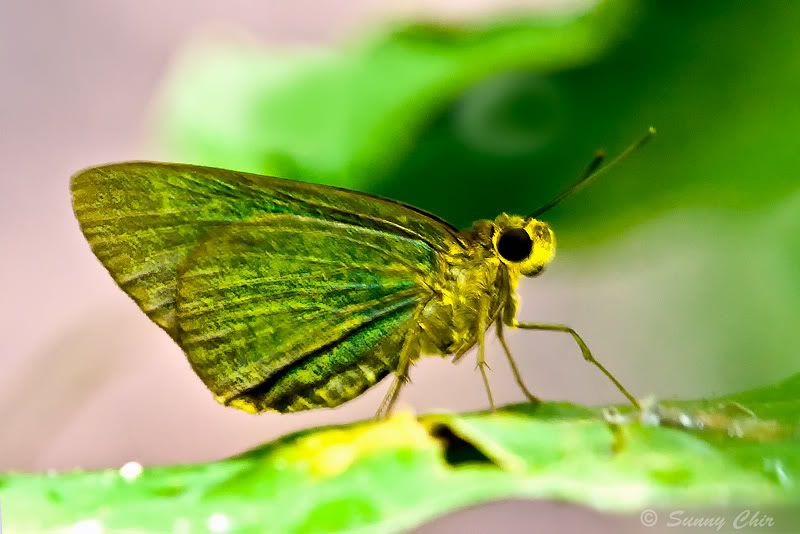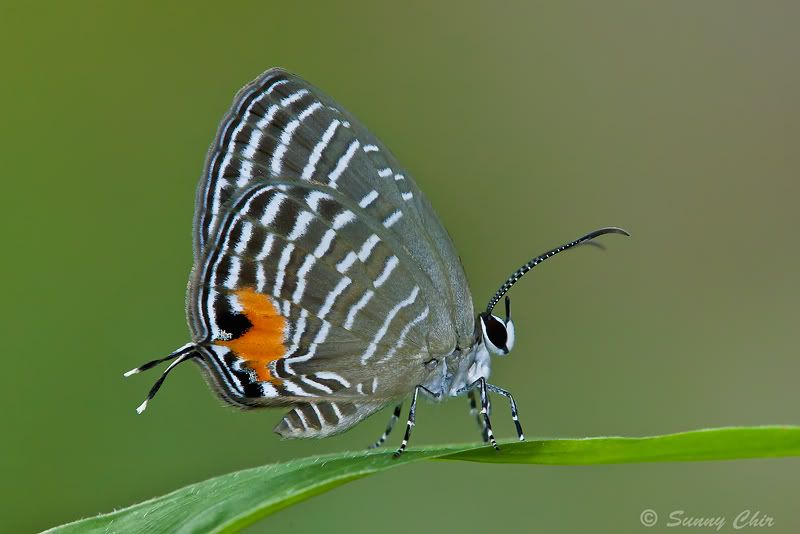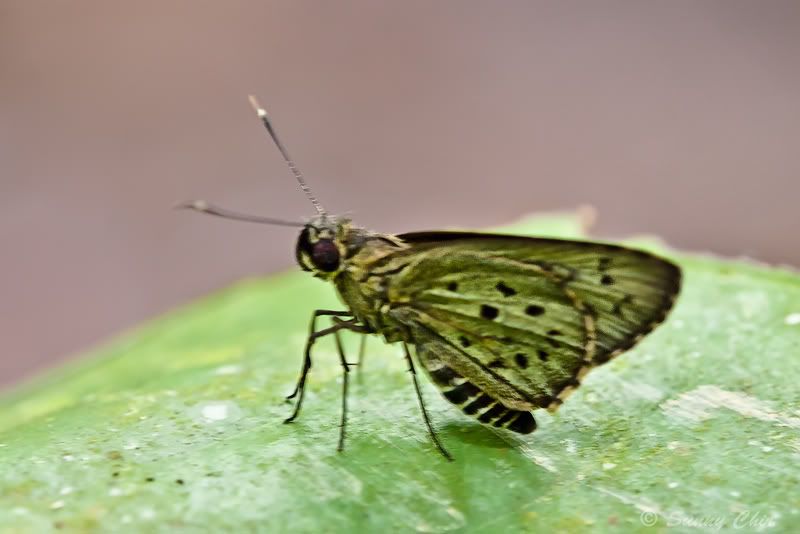Sunny, there are only two Jamides species which have uppersides as deep blue as the Sky Blue ( J. caeruleus.)
Both also have a larger orange patch than usual.
J. virgulatus can be ruled out immediately as its forewing postdiscal band is broken & uneven.
This leaves Jamides malaccanus malaccanus which have a straight forewing postdiscal band.
This species usually have all the white striae well-aligned, but there are examples in which the lower striae near the orange patch are out of alignment.
This one also suffer from a slight misalignment of the 4th stria higher up.
No need of upperside for confirmation.







 Reply With Quote
Reply With Quote

